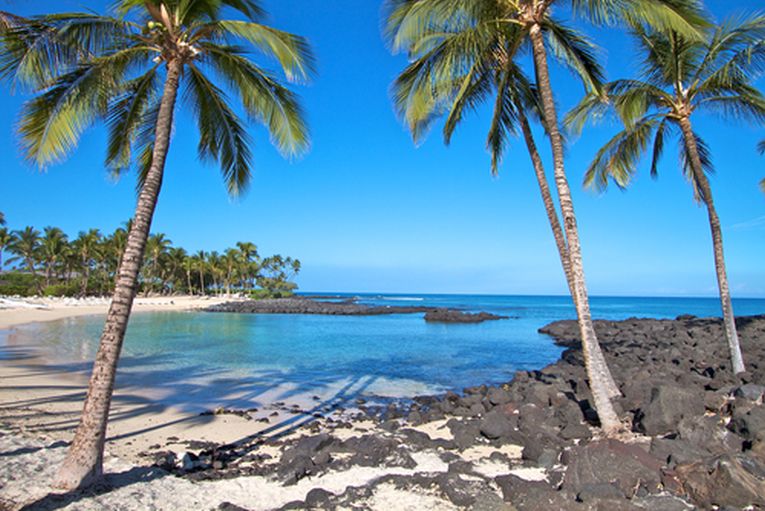Stuck in the middle of the North Pacific, the "Sandwich Islands" are full of endemic fauna and flora that could not survive in the wild anywhere else. The US Fish and Wildlife Service have their work cut out to conserve more animals and plants here than anywhere on their mainland territory. The threats to each species are not unique, but the niches of course are different.
This means that common threats to 15 newly listed Hawaiians are often threats to whole ecosystem or at least habitats. Scientific study of each ecosystem and that niche which each plant and animal occupies is urgent and can require high-levels of dedication and technology. The report is at the FWS site in Federal Government in Pacific Islands
The primitive procarid pool shrimp, Vetericaris chaceorum is typical of the unique animals found on the Big Island (Hawaii.) The tidal pools in which it lives are connected underground to the ocean, as well as freshwater. This makes the "anchialine pool" habitat and the shrimp niche equally-unique. There are about 560 of these habitats on Hawaii alone, with a hundred more on Oahu, Molokai, Maui and Kahoolawe. Presumably, Hawaii's volcanic past has left crevasses and crevices in the lava fields where soft rock has dissolved away to give fish, mollusc, and of course our crustaceans the opportunity to speciate.
The now-famous shrimp is large at 2 inches or 5cm. with lovely, enlarged antennae that occupy the same length as the body. Its primitive nature is shown up by the total lack of front claws, but it is also blind and colourless, owing these attributes to its cave-like habitation. Usefully, it still has its eye-stalks, so perhaps in future we can use these to relate it to some other simple shrimp of the same type!
It reminds me of people who don't understand conservation. This is because of the way it swims strongly and blindly without using its main propellant - the tail. For this reason, it can only move forward, eating other shrimps that it blunders into. This remarkable species only lives in 2 pools on the south of Hawaii Island, one at the remote Manuka Bay.
There's a much more successful and destructive shrimp species here for comparison. The Killer Shrimp certainly needs control rather than conservation, but this illustrates how similar animals can cause completely opposite consequences by their actions. Read more at Killer shrimp, Dikerogammarus villosus.










